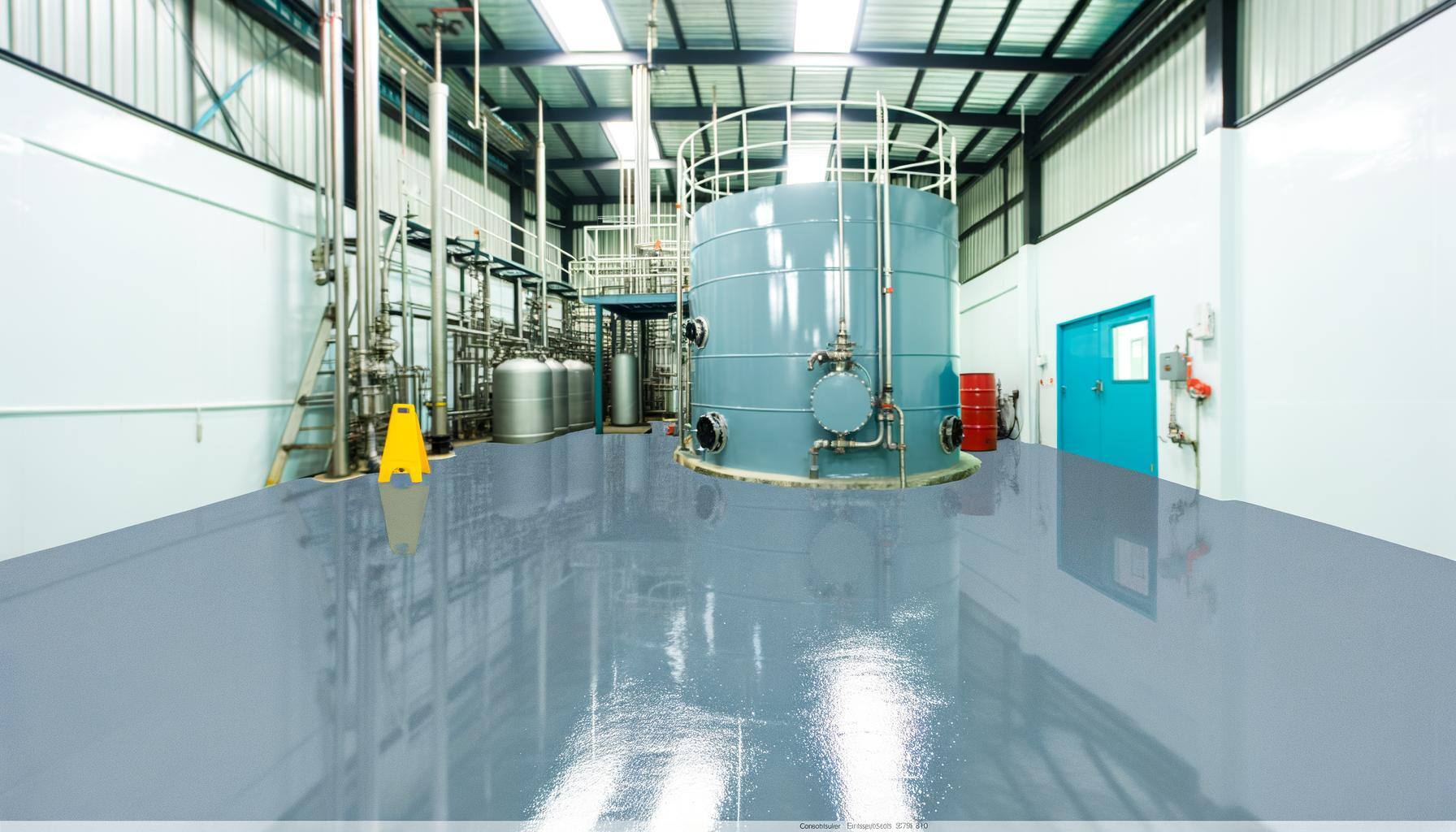In this short article, we discuss the need for selecting (and installing) the proper coatings system based upon the performance requirements for the concrete floor.
Here is some feedback we received from a repeat, commercial customer:
“I had a job recently that required an epoxy coated floor for a commercial spill containment room. I had plans that specified generically what should be applied. I had multiple prices from coatings companies and Stronghold Floors was the only one to call me and inquire details of what was being contained in case of a spill and how the product might affect different coatings. I was impressed how they looked up the products and did the homework to be sure I would have the right finish floor in the end.” - Comments from a Project Manager at High Associates
We are not posting this for any bragging rights. We’ve all heard the saying “Pick the right tool for the job.” or, perhaps, the more obscure “Don't use a screwdriver to pound nails. It takes forever and wrecks the screwdriver.”
It is amazing how many commercial and residential coatings companies try to “pound in nails with screwdriver” when it comes to concrete floor coatings. We see companies that just specify thin-MIL, generic epoxies for everything. Or we find architects that specify a decorative quartz coating all the time, since it’s the only thing they have specifications for in their systems. But the coatings world is much more diverse and capable than that.
In the case of the job referenced above, the architect has specified a double-broadcast, decorative quartz floor for a hazardous material storage room. While the coatings would have contained some of the chemicals on the storage roster for at least a short period of time, one particular chemical would have eaten its way through the coatings in less than 4 hours. This is a case of not picking the right tool for the job.

Our team worked with our customer to evaluate the entire chemical list against the chemical resistance charts of several of our suppliers to ensure the coatings would contain a spill of any or all the chemicals for at least 72 hours. That way, if the spill began on Friday afternoon when all employees were leaving, the coatings would still be providing containment on Monday morning and allow for clean-up to begin.
This issue is one of the reasons we changed from a franchise to our own, independent company of Stronghold Floors. Back in 2009 (and earlier), the company essentially provided only one chemical system called PremierOne®. While a great coating system for a residential garage where the concrete was in very good condition, a single system didn’t cover all scenarios encountered in residential garages. We still needed more tools in our toolbox.
More than Just Garage Floor Coatings
With 20 years in the coatings business, our toolbox has all the standard tools, but also drawers full of specialty tools as well. We feature:
- Polyaspartic clear coats for extremely durable garage floor coatings
- Polyester/aliphatic polyurethane for excellent abrasion resistance, chemical resistance, flexibility and UV stability
- Oil Stop epoxy primers to allow coatings over petroleum based, oil contaminated concrete
- Elastomeric epoxies and polyurethanes for superior flexibility and elongation
- Epoxy moisture barriers designed to reduce moisture vapor emission rates (MVER)
We have more tools, but this list gives some ideas of where just trying to apply one epoxy (or other polymer) system to every scenario just won’t work.
Got a Coating Project?
If you have a floor coatings project, reach out to us and the right person on our team will assist you.






